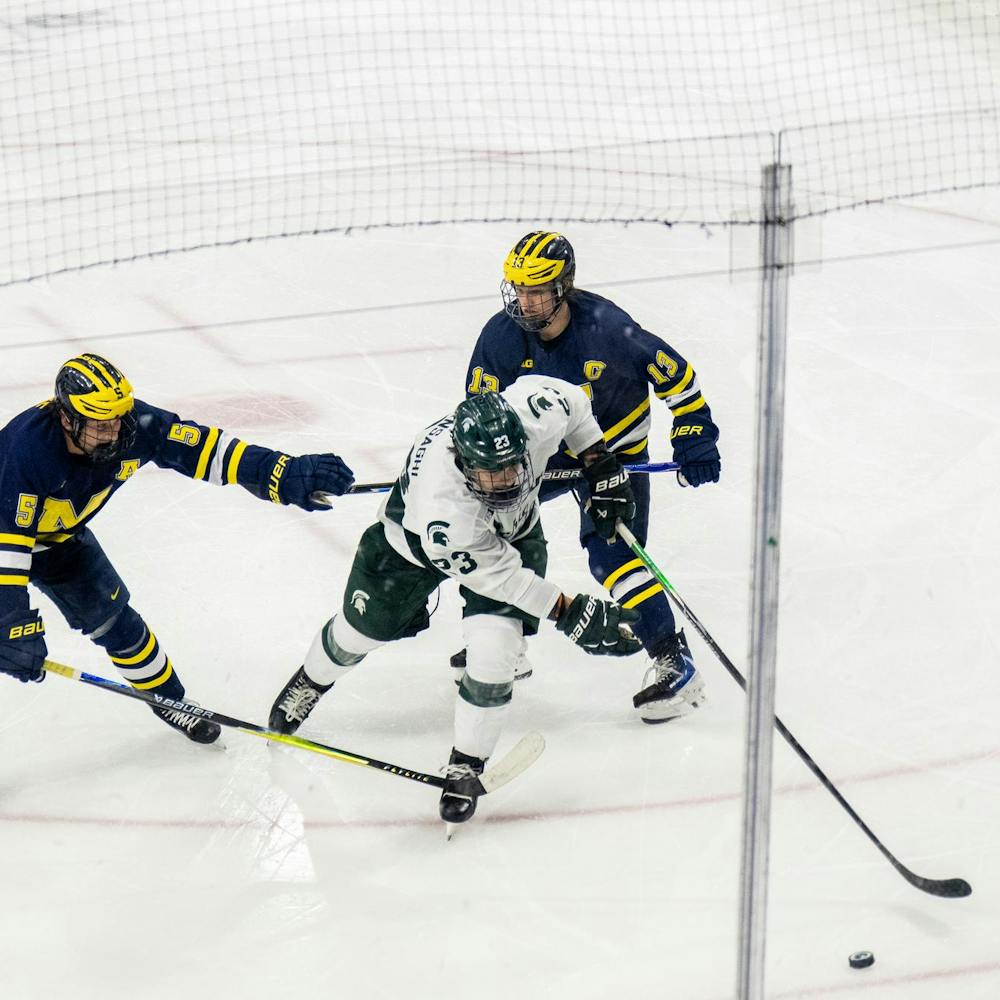Traffic safety has become a growing concern for neighborhoods.
Several residents are saying motorists are racing through their neighborhoods without abiding by the speed limit.
Various neighborhood associations have been contacting the city asking for traffic studies and changes, such as new stop signs and raised crosswalks to improve safety.
Sally Silver, Bailey Community Association member and former president, has seen plenty of changes to slow motorists down in her neighborhood.
Some have worked, while others have not, she said.
“If you are going down Whitehills Drive, the traffic islands are raised,” she said. “There is some continuing concern that people are going around the wrong side of the traffic island.”
Meanwhile, the city is working to determine just how much of a problem the traffic has been.
A study has been done on the traffic in the city for the past five years, East Lansing City Councilmember Beverly Baten said.
The studies examine how many vehicles travel in the area, how many of those vehicles are cutting through to reach another major street and how fast they are traveling.
Baten’s own observations living on Whitehills Drive and serving as council liaison to the East Lansing Transportation Commission have given her some insight into where the problem is coming from, she said.
“I have been listening to a lot of this and what is happening is people are driving through the neighborhoods and cutting through,” Baten said.
But there are other ideas on why the problems with motorists occur.
Art Slabosky serves as chairman of the East Lansing Transportation Commission and as a transportation engineer for the Michigan Department of Transportation.
Complaints about motorists are common because parents are concerned about the safety of their children, he said. But the problems are not always from an outside source.
“People don’t realize how many trips they take in their own cars,” he said.
A normal household uses its vehicles at least 10 or more trips a day, he said.
“They perceive this must be outsiders on the street,” Slabosky said.
“Virtually everybody in the neighborhood that has children is a driver and so everyone in the neighborhood poses a danger.”
But East Lansing is not alone in drivers ignoring posted speed limits.
“This is happening all over the country, speed is an epidemic,” Slabosky said. “It is not related to MSU and it is not related to students.”






